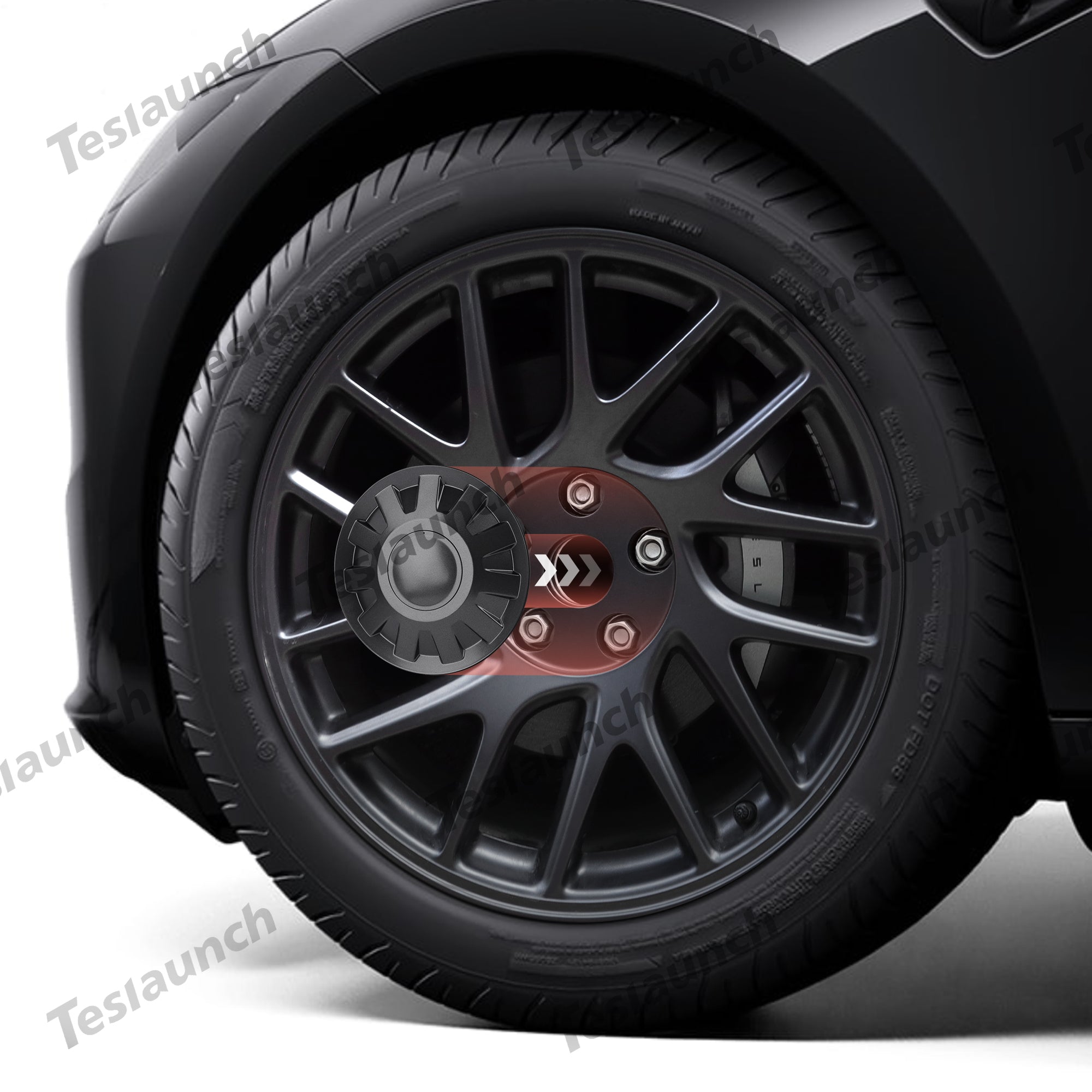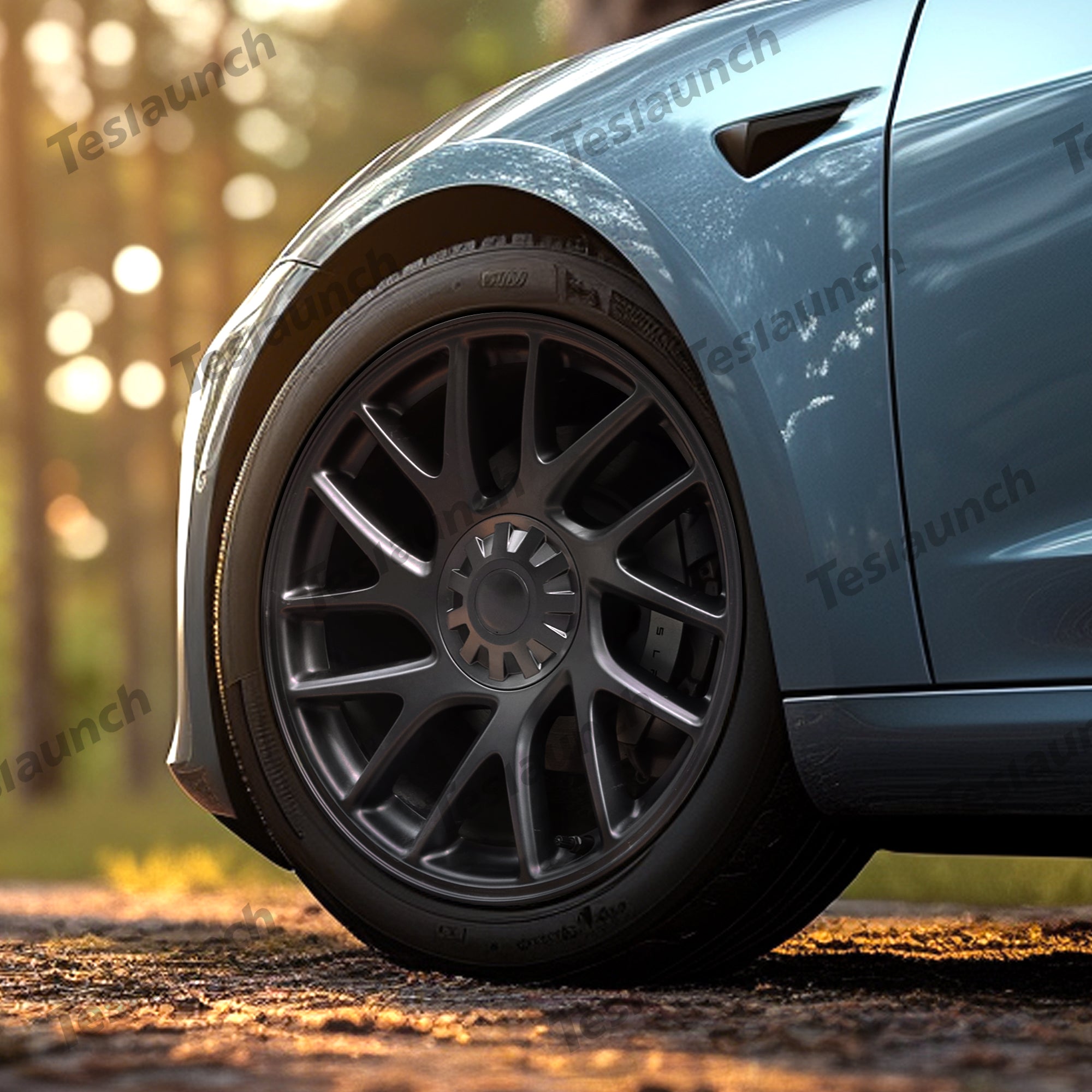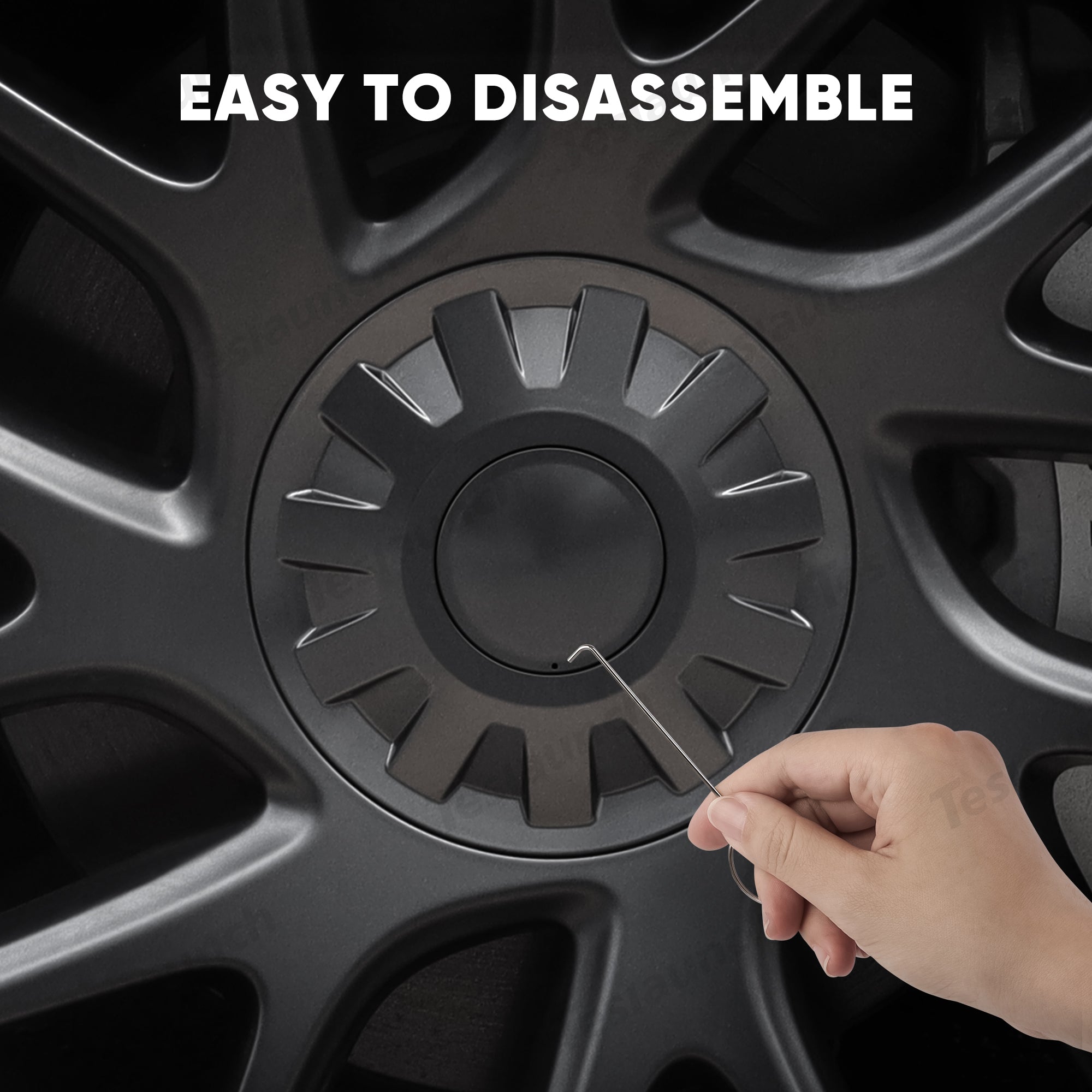Are Wheel Center Caps a Winter Essential or Just Decoration?
Introduction
Winter driving challenges every part of your car — icy roads, corrosive de-icing salts, and freezing temperatures can all take a toll on your vehicle’s longevity.
Yet, one often-overlooked part can make a surprising difference: the wheel center cap.

This article explores a common question:
Are wheel center caps vital protection in winter, or just a stylish accessory?
We’ll uncover their real function, discuss how they help prevent corrosion, and share practical winter maintenance tips — including how to replace or secure wheel center caps during the cold season.
What Is a Wheel Center Cap and Why It Matters
Definition and Purpose
A wheel center cap covers the central hub of your wheel — concealing the axle nut and lug bolts — while providing protection and a polished look.
Main Functions:
- Aesthetic finish: Completes the appearance of the wheels, often featuring the brand logo.
- Protection: Blocks dust, water, and salt from reaching the axle area.
- Rust prevention: Reduces exposure to oxygen and moisture, slowing oxidation.
🧊 ALT: “winter wheel center cap with anti-corrosion coating protecting lug nuts.”
Why Installing Wheel Center Caps in Winter Is Smart
1. Shield Against Corrosive Road Salt
Winter roads are often treated with salt and chemical de-icers that accelerate rust formation.
A winter-ready wheel center cap acts as a physical barrier, preventing salt brine from corroding the wheel bearings and bolts.
How It Works:
- Prevents direct salt contact on exposed metal.
- Reduces trapped moisture around the hub area.
- Helps maintain smooth wheel rotation and longevity.
💡 Tip: If you live in areas like Canada, Northern Europe, or northern US states where salt use is heavy, consider metal or high-quality ABS center caps with anti-corrosion coating.

2. Prevent Ice and Debris Buildup
Without center caps, snow, slush, and mud can accumulate in the hub cavity, later freezing into solid chunks.
This buildup can cause wheel imbalance, vibration, and even sensor errors on modern vehicles.
How to Avoid It:
- Regularly rinse your wheels with warm water after driving on salted roads.
- Apply wheel wax or ceramic spray to repel moisture.
- Ensure your center cap clips are tightly fitted — loose ones can allow slush intrusion.
3. Keep Wheels Cleaner and Easier to Inspect
Center caps act as mini shields against dirt and brake dust, keeping your wheels easier to clean.
A cleaner hub area makes it easier to inspect for rust, loosened bolts, or air leaks.
Related guide: Winter Wheel Maintenance Tips (internal link suggestion to your “winter wheel care” article).
Arguments Against Using Wheel Center Caps in Winter
1. Prone to Damage or Loss
Cold temperatures make plastic brittle. On rough, icy roads, center caps can crack or pop off easily.
If you lose one during winter, replace it promptly to prevent dirt and salt from entering the hub.
Quick Fix:
If a cap falls off mid-winter, you can use temporary rubber plugs or aluminum tape to cover the opening until you install a replacement.
2. Heat Dissipation Concerns (Minor Issue)
Some believe center caps hinder brake cooling by blocking airflow.
While this is true for high-performance driving, in normal winter conditions, the temperature rarely reaches critical levels, so the effect is minimal.
3. Not a Core Safety Component
Unlike tires, brakes, or traction control systems, wheel center caps don’t directly impact safety.
They are a preventive and aesthetic component, not essential for basic driving function.
4. Easier Visual Inspection Without Them
For enthusiasts or mechanics, removing the caps allows direct access to the hub — making it easier to spot rust or loose bolts.
This can be practical during frequent winter maintenance.

Material Matters: Choosing the Right Center Cap for Winter
Plastic vs. Metal Center Caps
| Type | Advantages | Disadvantages | Winter Suitability |
|---|---|---|---|
| Plastic (ABS/PC) | Lightweight, inexpensive, corrosion-proof | Brittle in cold, may crack | ❄️ Moderate (replace if brittle) |
| Metal (Aluminum/Stainless) | Durable, good heat resistance | Heavier, more costly | 🧊 Excellent (resists salt better) |
Recommendation:
If you often drive in sub-zero conditions, metal or coated plastic caps offer better winter protection.
How to Install or Replace Wheel Center Caps for Winter
Step-by-Step Winter Installation
- Clean the wheel hub thoroughly.
- Remove dirt, grease, or rust with a brush and degreaser.
- Dry completely.
- Moisture under the cap can freeze and loosen it.
- Apply a thin layer of anti-corrosion spray around the hub opening.
- Align the clips with the hub notches.
- Press firmly until you hear a click.
🔧 ALT: “how to install wheel center cap in winter step-by-step photo”

If a Center Cap Falls Off in Winter
Don’t leave the hub exposed — use one of the following temporary fixes:
- Rubber expansion plugs (fit snugly in hub opening).
- Aluminum duct tape (for short-term protection).
- Generic replacement caps from online retailers (check diameter before buying).
When You Should — and Shouldn’t — Use Center Caps in Winter
| Situation | Recommendation |
|---|---|
| Living in salted, icy regions | ✅ Install them for corrosion protection |
| Mild winters, no road salt | ⚖️ Optional |
| Using steel wheels with covers | ⚙️ Usually already protected |
| Off-road or rugged driving | ❌ Might fall off; skip or use rubber plugs |
Conclusion
While wheel center caps might seem cosmetic, they offer real winter protection against salt, snow, and debris.
They aren’t as essential as winter tires, but they can save you from premature corrosion and costly repairs.
Choose wisely based on your climate, wheel type, and maintenance habits — and remember:
A $10 cap can protect a $1,000 wheel assembly.